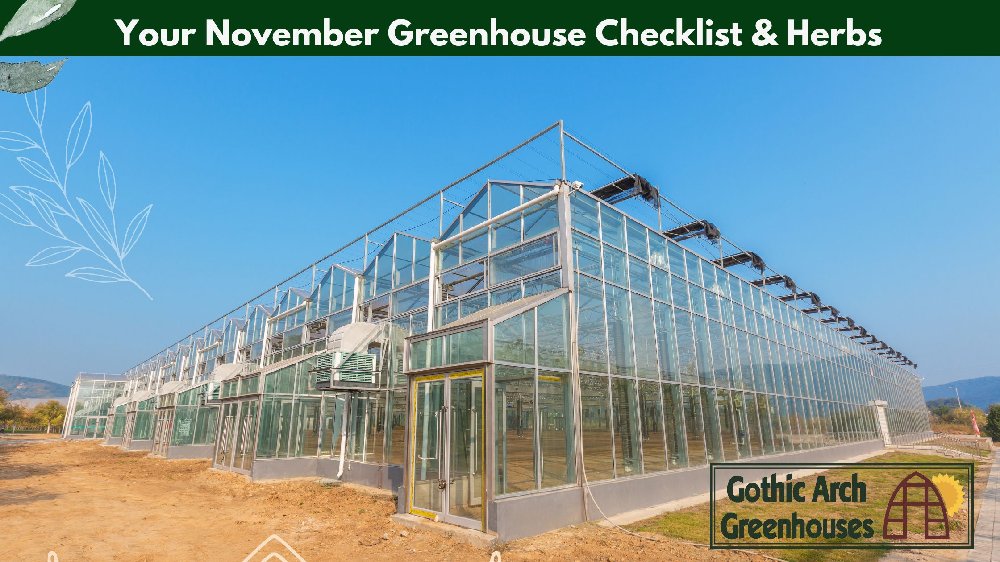7 Steps to Secure Winter Harvests & Get a Head Start on Spring November is the critical transition month for greenhouse growers. While winter crops need protection from dropping temperatures, it's also time to plan for spring success. This comprehensive checklist will guide you through essential tasks to maximize your winter productivity while setting the stage for a bountiful spring season. Prepare your greenhouse to withstand winter conditions while maintaining optimal growing temperatures. With shorter days, supplemental lighting becomes essential for maintaining plant growth and health. Ensure your cold-season vegetables and herbs continue thriving through temperature drops. November is ideal for starting slow-growing spring crops that need a head start. Fall soil preparation saves time and ensures optimal conditions for spring planting. Proper maintenance now prevents breakdowns during the critical spring planting season. Use the quieter winter months to strategize for a more productive year ahead. Focus on cold-hardy greens like spinach, kale, and mâche that thrive in cooler temperatures and lower light conditions. Position reflective materials on north-facing walls to maximize the limited winter sunlight for your plants. Use thermal mass like water barrels to absorb heat during the day and release it at night, stabilizing temperatures. Don't let the changing seasons disrupt your growing schedule. With proper preparation, your greenhouse can be productive year-round. Explore our winter growing supplies and get expert advice to maximize your greenhouse potential.
Your November Greenhouse Checklist
Don't Let Winter Catch You Unprepared
Your 7-Step November Checklist

Winterize Your Greenhouse Structure
Key Tasks:
Recommended Supplies:
Optimize Winter Lighting
Key Tasks:
Recommended Supplies:
Protect Current Winter Crops
Key Tasks:
Recommended Supplies:
Start Spring Seedlings Indoors
Key Tasks:
Recommended Supplies:
Prepare Soil for Spring Planting
Key Tasks:
Recommended Supplies:
Maintain Equipment & Tools
Key Tasks:
Recommended Supplies:
Plan Next Year's Garden
Key Tasks:
Recommended Supplies:
November Growing Tips
Winter Crop Selection
Light Management
Temperature Control
Ready for Your Most Productive Winter Yet?
Catch the Sunshine!
You have no items in your shopping cart.
Blog archive
- 2025
- 2024
- 2023
- 2022
- 2021
- 2020
- 2019
- 2018
- 2017
- 2016
- 2015
- 2014
- 2013
- 2012
- 2010
Your November 2025 Greenhouse Checklis
Sunday, November 9, 2025
November 2025
1 HIGH PRIORITY
2 HIGH PRIORITY
3 HIGH PRIORITY
4 MEDIUM PRIORITY
5 MEDIUM PRIORITY
6 LOW PRIORITY
7 LOW PRIORITY
